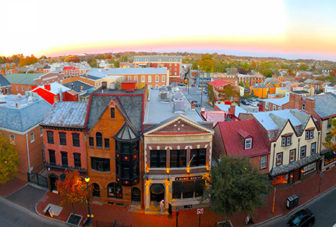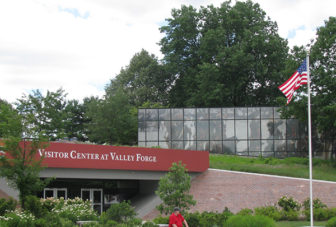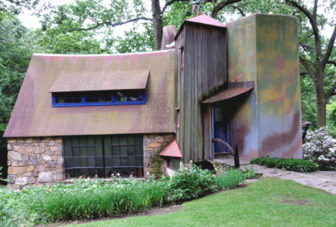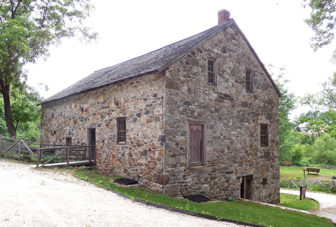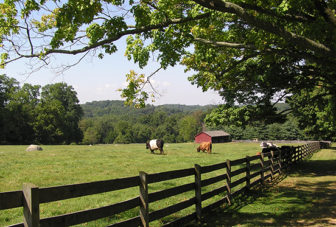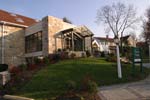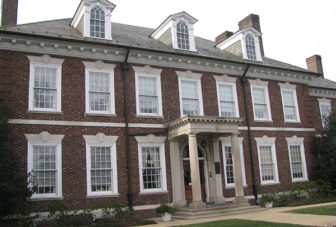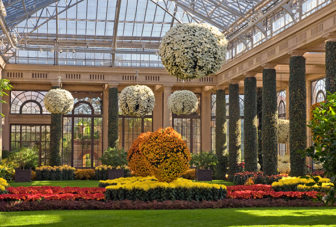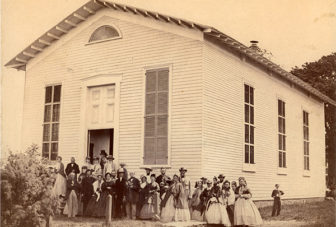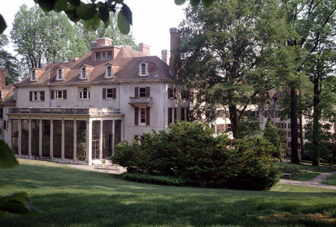
Winterthur Museum and Country Estate
Nestled in the heart of Delaware’s beautiful Brandywine Valley, halfway between New York and Washington, D.C., Winterthur is a world set apart – a place where history lives on in spectacular gardens and romantic landscapes, a fabulous mansion filled with magnificent American antiques, and a nationally renowned research library.
Created in the early 20th century by H. F. du Pont and his father, Winterthur was designed in the spirit of 18th and 19th century European country houses. Today Winterthur is one of the few surviving great American country estates, beautifully maintained as a place of discovery, delight, exploration and imagination. Every season, and every visit, promises inspired new experiences and the Winterthur tradition of hospitality.
Step into the inspiring architectural surroundings of the mansion and view magnificent vignettes of antiques celebrating the finest in style and craftsmanship. The Winterthur Galleries are full of stunning displays of everyday life, art, leisure and work. Celebrate every season in Winterthur’s naturalistic garden, a masterpiece of color and design.
Garden tram tours make stops at areas of special interest. Children thrill at the Touch-It Room as well as the crafts and storytelling events. Visit the museum stores, the library and stop by for a bite to eat at the café or cafeteria. Special events, shows, fairs and changing exhibitions enhance the visit. Don’t miss the Yuletide decorations!
Check the website or call for tickets, hours and days of operation.

